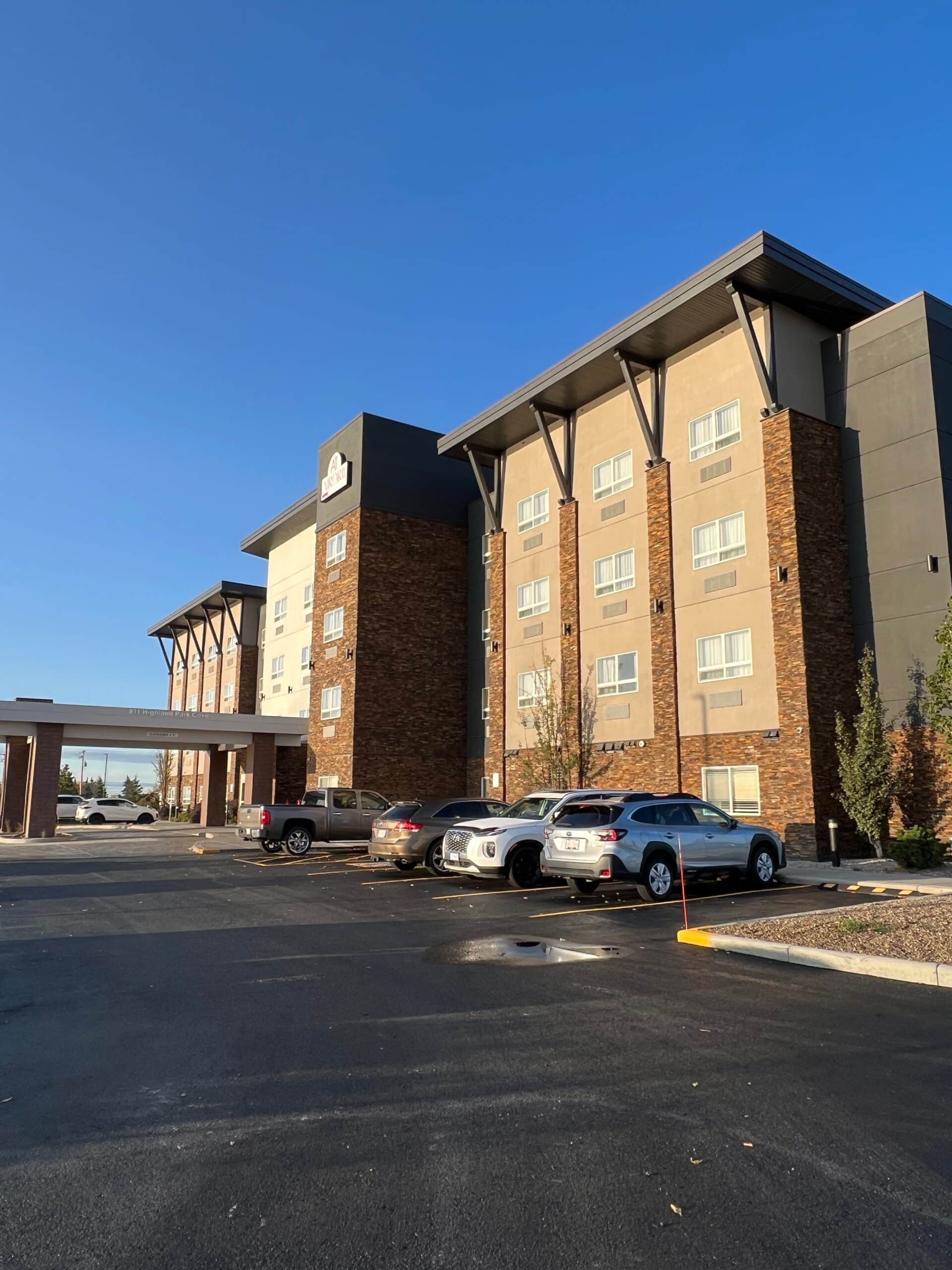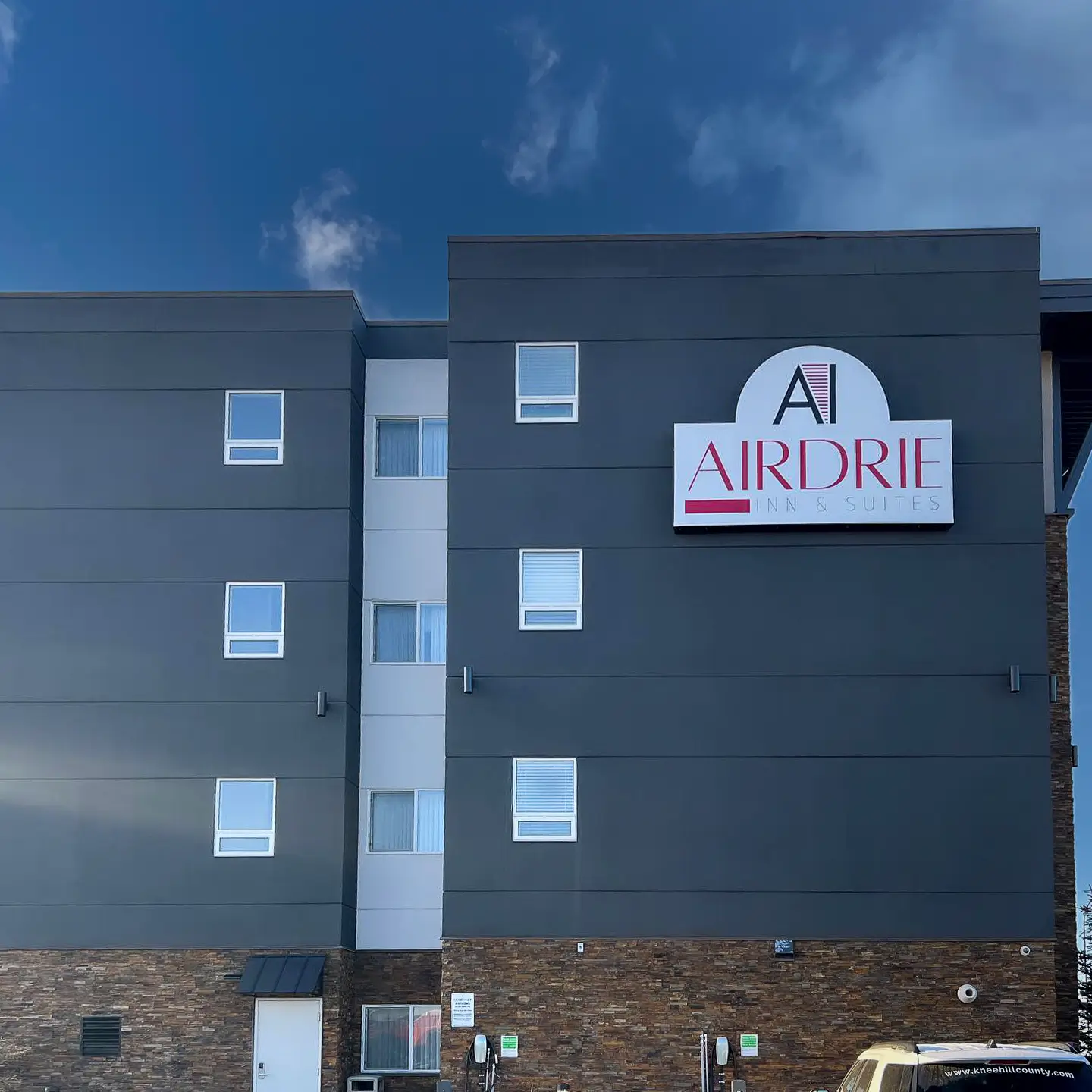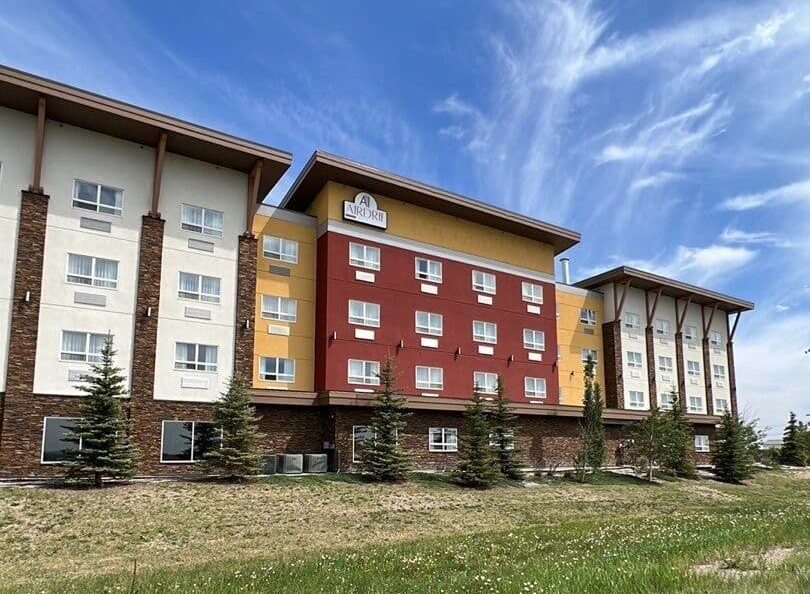Repainting isn’t just about appearances. For commercial property owners, facilities managers, and asset teams, it’s a frontline defense against costly structural damage and asset depreciation.
Deferred exterior painting leads to substrate failure—rot in wood, cracks in stucco, corrosion in metals, and water infiltration in masonry. These failures increase repair costs exponentially and reduce the usable life of your property’s exterior envelope.
This guide outlines the role of repainting in scheduled building maintenance, how professional-grade coatings protect specific materials, and why repainting is a cost-effective strategy for avoiding major capital repairs. You’ll also find material-specific timelines, paint product recommendations, and cost-benefit comparisons based on real-world maintenance outcomes.
Repainting as a Preventive Maintenance Strategy

1.1 The Maintenance Lifecycle of a Commercial Building
Facility maintenance should be proactive and cyclical. That includes:
-
Roof inspections: every 1–2 years
-
HVAC servicing: every 6–12 months
-
Sealant and caulking checks: annually
-
Exterior repainting: every 5–10 years, depending on material and environment
Repainting isn’t reactive. It’s preventive maintenance that delays envelope failure, minimizes substrate decay, and keeps total facility lifecycle costs predictable. Skipping paint cycles leads to higher restoration costs later, especially in UV-exposed, coastal, or freeze-thaw-prone regions.
Repainting as a Moisture and UV Barrier
Exterior coatings serve as your building’s first line of defense. Paint:
-
Seals porous surfaces like wood, stucco, and concrete from moisture
-
Blocks UV rays that degrade siding and trim
-
Prevents freeze-thaw cracking by reducing water penetration
Once paint starts peeling, chalking, or cracking, UV and moisture gain access to the substrate. Unprotected stucco develops deep fissures. Wood swells, rots, or splits. Corrosion begins on untreated metals.
Repainting vs. Deferred Repairs
Delaying a $20,000 repainting job can lead to:
-
$80,000+ in siding replacement
-
$100,000+ in structural restoration
-
$30,000+ in rust remediation and metal fabrication
Professional repainting is a controlled cost. Emergency substrate repairs are not.
Protecting the Value of the Asset

Paint as a Protective Investment
Professional-grade commercial coatings cost more upfront—but save far more long-term.
-
Sherwin-Williams Loxon XP elastomeric paint protects stucco for 10–15 years
-
Benjamin Moore Aura Exterior resists fading and cracking on wood siding for 7–10 years
-
PPG Pitt-Tech Plus enamel protects metal in coastal or industrial environments for 8–10 years
Repainting costs about 1–3% of total building value. Ignoring exterior maintenance can lead to 10–15% asset depreciation due to water intrusion, visible damage, or lost tenants.
First Impressions and Curb Appeal Affect Market Value
Faded paint or rusted trim reduces:
-
Tenant appeal and renewals
-
Brand confidence for retail/office tenants
-
Resale and appraisal value
Paint is one of the first things prospective tenants or buyers notice. Inadequate maintenance reflects poorly—even if the rest of the facility is sound.
Repainting and Insurance Considerations
-
Some insurers require documentation of recent maintenance, including painting and sealing, especially in high-risk weather zones.
-
Claims for water damage or corrosion may be denied if neglect is evident.
-
Well-maintained properties often qualify for lower premiums under property risk assessments.
How Paint Protects Specific Exterior Materials
Wood Siding and Trim
-
Risk: Swelling, wood rot, termite access
-
Solution: Use Benjamin Moore Aura Exterior (Low Lustre) or Sherwin-Williams Duration
-
Recoat every 5–7 years (more often in humid or coastal climates)
Stucco and Masonry
-
Risk: Cracking, water intrusion, mold
-
Solution: Apply Sherwin-Williams Loxon XP or PPG Permanizer Elastomeric
-
These coatings stretch with temperature changes, preventing hairline cracks from becoming structural issues
Metal Surfaces
-
Risk: Rust, corrosion, oxidation, especially in marine or industrial zones
-
Solution: Use PPG Pitt-Tech Plus Industrial Enamel or Sherwin-Williams Pro Industrial DTM Acrylic
-
Recoat every 5–8 years, especially for exposed flashing, railings, gutters, and door frames
Concrete and Block Walls
-
Risk: Spalling, efflorescence, alkali degradation
-
Solution: Choose Loxon Vertical Concrete Stain or Benjamin Moore Ultra Spec Masonry
-
Concrete coatings must be breathable yet water-resistant
How Paint Extends the Life of Common Building Materials
| Material | Risks Without Paint | Recommended Products | Paint Lifespan | Role of Paint |
|---|---|---|---|---|
| Wood | Rot, swelling, UV degradation, insect entry | Aura Exterior (BM), Duration (SW) | 5–7 years | Seals fibers, resists UV, deters pests |
| Stucco | Water intrusion, cracking, mold, fading | Loxon XP (SW), Permanizer Elastomeric (PPG) | 7–10 years | Creates elastic, waterproof barrier |
| Metal | Corrosion, oxidation, blistering | Pitt-Tech Plus (PPG), DTM Acrylic (SW) | 5–8 years | Prevents rust, protects from salt and chemicals |
| Concrete/Block | Cracking, alkali attack, spalling, efflorescence | Ultra Spec Masonry (BM), Loxon Concrete Stain (SW) | 7–10 years | Water-resistance, vapor permeability |
Common Business Owner Concerns—Answered

“Won’t a Professional Paint Job Interrupt My Business?”
Reputable commercial painting contractors use:
-
Phased scheduling: Paint in sections to keep doors, signage, and parking accessible
-
Off-hours work: Nights or weekends
-
Low-odor, fast-drying paints to reduce indoor impact
“Isn’t It Just Aesthetic?”
No. Visual paint failure often reveals:
-
Substrate damage (rot, cracks, corrosion)
-
Caulk failure and joint separation
-
Water stains indicating internal leaks
Paint is a diagnostic tool—early warning for deeper issues.
“What If I Wait a Few More Years?”
Waiting turns preventive work into remediation. If you delay repainting:
-
Prep costs spike due to more scraping, priming, or carpentry
-
Mold, rust, or rot sets in
-
You lose negotiating power with tenants and insurers
When to Repaint—Lifespan Guidelines and Signs of Failure
Average Paint Lifespan by Surface and Environment
| Surface Material | Standard Lifespan | Factors That Shorten Lifespan |
|---|---|---|
| Wood Siding | 5–7 years | High humidity, sun exposure, poor ventilation |
| Stucco | 7–10 years | Freeze-thaw cycles, hairline cracks, salt air |
| Fiber Cement Siding | 10–15 years | Improper sealing or priming, heavy rain or snow |
| Painted Brick | 10–15 years | Incomplete alkali block, paint chalking |
| Metal (gutters, doors) | 5–8 years | Coastal air, deicing salts, industrial air pollutants |
Signs It’s Time to Repaint
-
Color fading or chalky residue on hands
-
Bubbling, peeling, or flaking
-
Hairline stucco cracks or rust spots
-
Water stains, mildew, or musty odor
-
Cracked or missing caulk
Quick Diagnostic Checklist:
If you see two or more of these issues, you’re overdue for professional repainting.
Integrating Painting into a Maintenance Plan
How to Build Paint Cycles into Preventive Maintenance
-
Annual inspections: Check all elevations and materials
-
Log previous painting dates, colors, and products used
-
Schedule painting with other exterior work (sealants, caulking, roof patching)
Role of Facility Managers and Maintenance Teams
-
Assign a quarterly paint inspection to in-house staff
-
Use mobile maintenance logs with photos
-
Partner with a certified commercial painter for evaluations
Why Commercial Painting Should Be Handled by Experts
-
Industrial coatings like Loxon XP or Pitt-Tech have specific thickness and cure time requirements
-
Elastomeric and low-VOC paints need precise surface prep and application temperatures
-
Professionals ensure proper masking, staging, compliance, and OSHA safety
Choosing Long-Lasting Coatings for Durability and Value
Industrial-Grade vs. Residential-Grade Paints
| Product Category | Advantages |
|---|---|
| Sherwin-Williams Loxon XP | Flexible, weatherproof elastomeric for stucco |
| Benjamin Moore Aura Exterior | Fade-resistant, mildew-resistant, high coverage |
| PPG Pitt-Tech Plus | Rust-blocking enamel for metal, chemical-resistant |
These coatings outperform DIY brands by years, especially in commercial-grade environments.
Paint Sheens for Commercial Durability
-
Satin and Semi-Gloss: Easy to clean, good for entry areas and high-traffic walls
-
Flat: Best for hiding imperfections on stucco or concrete but less washable
Warranties and Paint Manufacturer Support
-
Aura and Loxon come with 5–15 year warranties
-
Certified applicators ensure eligibility for manufacturer-backed guarantees
Real-World Cost Benefits of Repainting
Reduced Emergency Repairs
-
Emergency siding replacement due to rot = $25–40 per sq ft
-
Scheduled repainting = $2–4 per sq ft
-
ROI = 10x+ over 5–10 years
Higher Tenant Retention and Marketability
-
Well-maintained exteriors attract and retain Class A tenants
-
Visible care supports tenant branding and lease renewal
ROI Over Time
-
Commercial repainting ROI is achieved in 3–5 years
-
Reduces need for envelope restoration, structural patching, and leasing turnover
Conclusion and Call to Action
Repainting your building is a cost-saving, value-protecting investment—not a cosmetic afterthought. It seals your envelope, keeps structures sound, and preserves resale value.
From stucco to metal, every substrate benefits from proper coating. Partnering with a commercial painting contractor means you get expert surface prep, manufacturer-grade products, and efficient work timelines.
Don’t wait for signs of damage. Plan. Schedule. Protect.
Ready for a professional inspection or quote? Let us help you build a paint maintenance plan for your property portfolio—complete with product recommendations, warranty options, and detailed service timelines.

